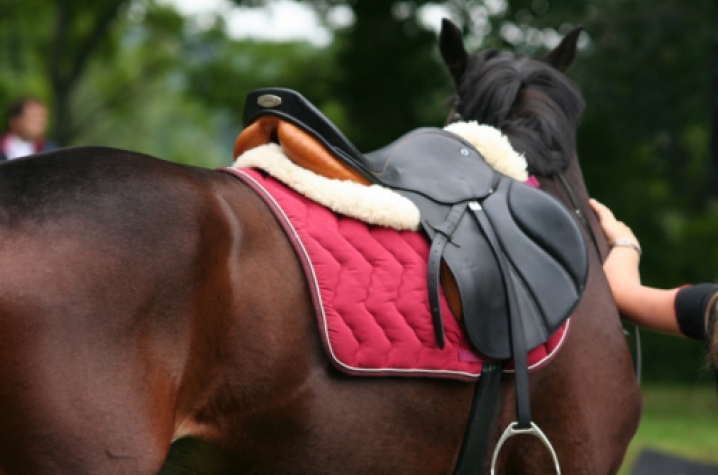Survey Highlights Need for Equestrian Safety

LEXINGTON, Ky. (Dec. 2, 2010) − A survey conducted in September 2010 by Saddle Up Safely, a rider safety awareness coalition of 40 community organizations led by the University of Kentucky College of Agriculture's Equine Initiative and UK HealthCare, reveals that equestrians are having too many riding accidents that could be prevented or minimized.
Of the 500 equestrians selected from a national search panel, 221 (45.5 percent) had been injured at least once due to a riding accident or handling injury with an average of four injuries reported. Of the 221 individuals injured, 57 percent sought out medical treatment.
A little over a third (35.7 percent) of riders rode alone the last time they rode and only 43.8 percent of all riders wore a helmet. Of those injured, 23 percent had quit riding for an extended period. Of the 221 who were injured, 66 percent said it was due to rider error.
"Our study and a number of others have shown that many injuries can be prevented or reduced in severity by practicing safe horsemanship," says Fernanda Camargo, assistant professor, equine extension specialist, at the UK College of Agriculture.
Every year, millions of Americans participate in horseback riding activities. Riders are often six feet above the ground on horses weighing more than 1,000 pounds capable of 35 miles-per-hour speeds. In 2007, 78,000 people were seen in the U.S. emergency rooms due to horse-related injuries; 9,000 of those were admitted to the hospital for further treatment.
The most common injuries in horseback riding are fractures, bruises and abrasions, sprains and strains, internal injuries and concussions. Injuries are most often caused by falls, but people can be kicked, stepped on or fallen on by horses.
"The most severely injured riders are seen here at UK HealthCare's Chandler Hospital Trauma Center," said Dr. Julia Martin, associate professor in the Department of Emergency Medicine at the UK College of Medicine. "If there was one recommended behavior we would like to see, it would be for every equestrian, whether novice or experienced, young or old, to wear an approved, correctly fitting helmet."
Saddle Up Safely is one of a number of organizations including the Certified Horsemanship Association and the 4H Clubs who are trying to make the great sport of horse riding safer. To learn more about what you can do to improve your knowledge of horse riding safety, go to saddleupsafely.org or call 859-323-5508.




